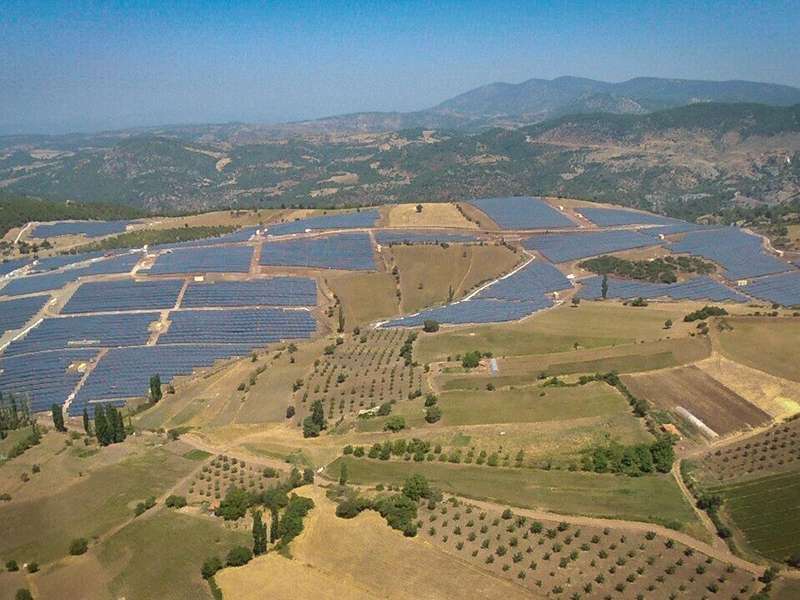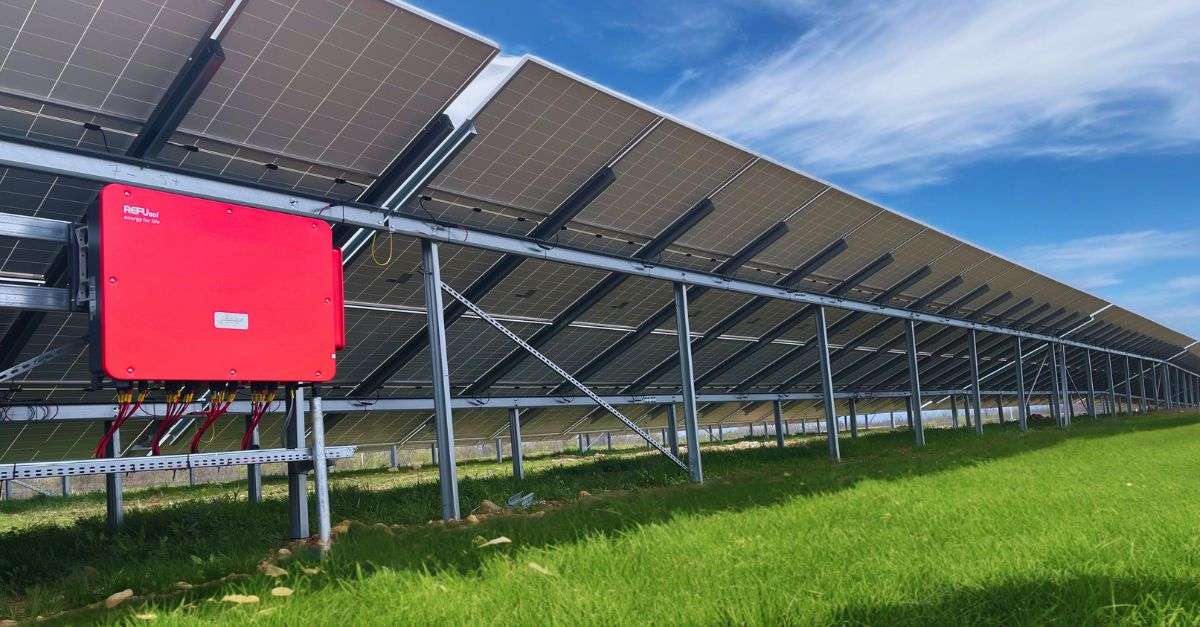The real “brains” of solar PV systems
When discussing solar PV systems, the panels are almost always in the spotlight: what is their efficiency, who is the manufacturer, do they use bifacial or monofacial technology, how many years of warranty do they offer? This is perfectly understandable, as it is the panels that physically capture the solar energy. However, this focus can easily be misleading, especially for industrial-scale systems. It is the inverter, not the panels, that really determines the operation, reliability and long-term economics of the system.
A poorly chosen inverter can wipe out your return on investment for years and cause serious operating costs. In this article we show why inverter selection is a strategic decision, especially for industrial and commercial photovoltaic (PV) systems.
1. The inverter is the heart – and the gateway – to the system
Technically, an inverter does convert direct current into alternating current, but it does much more than that. In industrial systems, inverters act as the central intelligence of the system: they see the whole energy process and intervene when something is not optimal.
A modern inverter:
- Continuously monitors and optimises panel power, temperature, mains voltage and frequency
- Control the power input (even dynamically, based on the network provider’s instructions)
- Communicates with the central monitoring system or even directly with the network provider
- Shuts down the system in case of a fault or isolates only the faulty part to avoid a complete shutdown
An inverter with a poorly sized or inappropriate topology (e.g. too few MPPT inputs, unscalable architecture) can significantly reduce system efficiency and availability, causing energy loss and outages for years.

2. Power ≠ efficiency: what does it mean in reality?
Almost all inverter manufacturers claim efficiency levels above 98%, but what does this mean in practice? These figures are often obtained under laboratory conditions, at ideal temperatures and at maximum load. The industrial reality is much more varied:
- Efficiency is not constant: it depends on load, temperature and network conditions
- The daily output of a solar PV system is not peak. In the morning, afternoon, during overcast weather or partial shading, the system operates at lower loads.
- Other environmental variables, such as temperature, can also be a factor. Efficiency is higher on sunnier days and lower on cloudy days. Different types of solar panels differ in how well they respond to these temperature changes.
- The grid voltage fluctuations and inverter response time also affect the efficiency of the energy conversion.
One of the strengths of REFUsol inverters is that they not only target theoretical peaks, but also have an efficiency curve optimised for real operating conditions. This means that even at low loads (20-30%), they operate with more stable generation and minimal losses, which can make a difference of several megawatt-hours per year in industrial systems.
3. Simplicity = faster installation, fewer errors
An industrial PV project does not end with the signing of a contract or the installation of the panels. Speed of construction, trouble-free commissioning and subsequent maintenance are all major cost factors. The inverter is also a key player here.
For industrial projects, it is crucial that:
- How long does it take to install
- How modular the system is
- How easy it is to install and maintain
REFUsol inverters are specifically designed for fast installation:
- Wall-mountable: without separate outdoor or indoor cupboard.
- Less on-site installation = less risk of failure: less on-site installation also means less chance of failure – the system can be commissioned faster and more reliably.
- They come with standard connectors and integrated monitoring: enabling faster assembly, reducing the potential for failure and providing immediate, accurate visibility of system operation from commissioning
- Time-saving integration options: REFUsol inverters integrate well into existing system architectures, minimising integration time and cost
This not only saves time, but also reduces the possibility of human error and thus indirectly increases operational safety.

4. Smart monitoring: data that matters
For an industrial system, it is not enough to know how much energy the system produced yesterday. The real value comes from analysing the data and proactively intervening on the basis of that data.
The REFUlog remote monitoring system does not just generate graphs:
- Fault analysis and performance reports: provides detailed data on the operation of inverters, strings and MPPT levels
- Real-time data sharing: suitable for multi-site systems, ideal for project managers and O&M partners
- Alarms, trend monitoring: generates automatic alarms based on predefined patterns (e.g. unusual temperature, power fluctuations)
Moreover, the system is free to use during the warranty period, no subscription is required, so investors can plan with a more predictable cost structure.
5. Sustainability and scalability: a long-term winner
One of the key questions for industrial investors is: how can the system be scaled up later as the company’s energy needs grow? A rigid system can only be expanded at considerable cost and headache.
This requires an inverter that:
- As a modular system, it is easily scalable, so there is no need for a complete redesign in case of a project extension
- Uses future-proof communication protocols (e.g. Modbus, Sunspec) and is compatible with some smart grid functions
- Long warranty and strong European backing to guarantee spare parts supply
The REFUsol products are manufactured under the professional guidance of the German REFU engineering team, building on decades of industrial experience.
The most expensive inverter is the wrong inverter
Many investors try to save money where they shouldn’t: on inverters. Yet the inverter is the component on which most business objectives – production, reliability, maintainability, scalability – depend.
A cheaply chosen but poorly functioning inverter not only means lower production. It can also mean that you have to rewire the whole thing for an expansion, or that a fault detected too late causes long-term downtime.
In contrast, the REFUsol product range provides the reliability, smart services and flexibility that will support the company’s sustainable and profitable strategic energy goals over the long term.
Next step: get a consultation!
Whether you’re starting a new project or looking to improve the efficiency of your existing system, it’s worth reviewing the role of inverters. Get in touch with us contact us at and we’ll help you find the ideal solution for your industrial needs.





